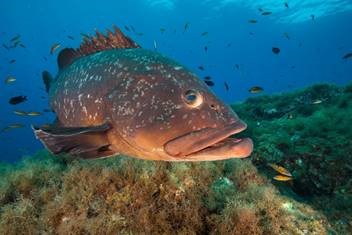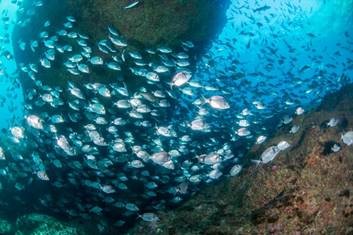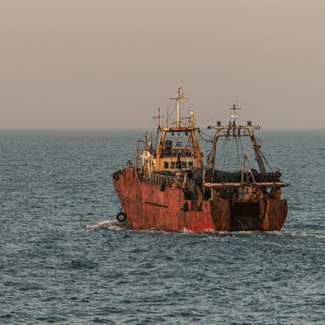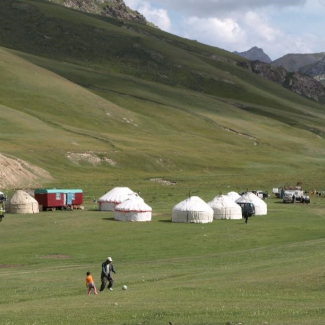
How protected are Marine Protected Areas?
Good news: the number of Marine Protected Areas (MPAs) has been constantly rising since ratification of the Convention on Biological Diversity, whose 2011–2020 Strategic Plan for Biodiversity sets the objective of bringing 10% of the ocean’s surface under MPA status by 2020. Yet, the vast majority of new MPAs allows extraction of natural resources. Until now, the ecological effectiveness of such partial protection has been a matter of uncertainty. A Franco-Portuguese team including CNRS researcher Joachim Claudet1 has focused its attention on the question. This team has completed the first global meta-analysis of partially protected areas, grouped by levels of protection2, to evaluate their ecological effectiveness. Their first conclusion is that strongly and moderately protected MPAs host a greater biomass and abundance of commercial fish species than weakly protected areas, which are scarcely if at all better protected than completely unprotected zones. What’s more, areas subject to moderately restrictive regulations are only ecologically effective when adjacent to fully protected spaces, where no extractive uses are allowed. According to the researchers, to ensure the ecological value of partially protected areas, they should only be open to limited, well-enforced activities and need to be adjacent by fully protected areas.
These findings have been published online by Frontiers in Ecology and the Environment.

@Emanuel Gonçalves

©Emanuel Goncalves.
Marine partially protected areas: drivers of ecological effectiveness. Mirta Zupan, Eliza Fragkopoulou, Joachim Claudet, Karim Erzini, Bárbara Horta e Costa, and Emanuel J Gonçalves. Frontiers in Ecology and the Environment. Online 2 august 2018
DOI : 10.1002/fee.1934


